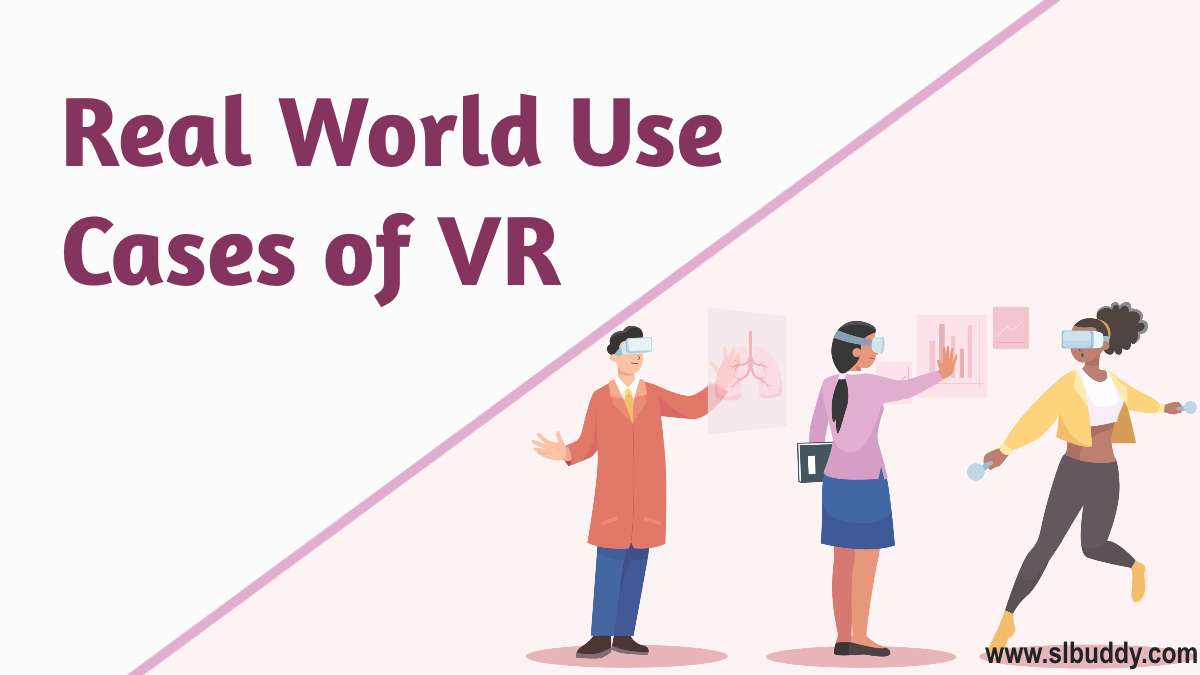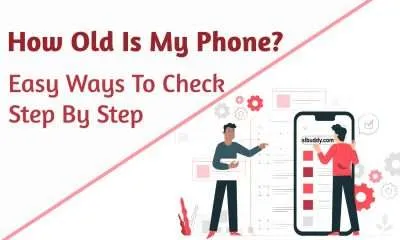
Virtual reality refers to the application of technology that has been available for many years, particularly in gaming. The global health crisis assisted brings virtual reality to the forefront to provide learning experiences via immersive simulations. Virtual reality refers to immersive and realistic computer simulation of a 3D environment, made with interactive hardware and software and controlled or experienced by the body’s movement.
An interactive VR offers realistic imagery and sensory feedback via mobile devices or headsets, including vibrations, sound, and haptic. Once the immersive simulation is well made and properly executed, the outcome is a real-life experience that can boost user learning.
Due to the development of technology, AI has given virtual characters the capability to take action realistically. Three-dimensional audio and better haptic feedback and equipment add to a more immersive experience. Other developments have increased delivery choices beyond tethered VR headsets for smartphones and machines.
Here are a number of the usage cases of virtual reality:
Use to Cure or Treat Specific Medical Conditions
The healthcare department has witnessed widespread application cases for virtual reality technology. Virtual reality is utilized in therapy to cure patients suffering from anxiety and phobias.
Therapists understand how a patient reacts to stressful scenarios in a virtual but secure environment by tracking physiological replies like heart rate and perspiration, along with biosensors. Virtual reality is also utilized in curing autism to assist a patient develops social and communication skills and diagnosing people with cognitive or visual impairment by monitoring eye movement. Some organizations have also made apps that utilize virtual reality technology in the health sector.
Real-Time Product Demonstrations and Virtual Tours
One effective way of convincing customers to purchase a product is to let them utilize it in a real-time experience and witness how it works and looks.
From interior design to manufacturing and packaging, organizations can utilize virtual reality to provide clients with product demos to know better what goes into crafting it. One famous example is the home improvement store of one of the most popular furniture companies that set up a VR experience for clients who want to know how their properties would look after refurbishing their furniture or décor.
With VR, clients can choose home décor products, appliances, countertops, room layouts, and cabinetry to see the result. In the same way, another popular store also offers its clients an app where they put furniture from the shop in diverse areas in their abode to see if it looks amazing or not, providing them a totally immersive experience to realize the place of their dreams.
Aside from this, clients are also able to try diverse materials, change the colors of the walls, and change the time of the day to figure out their dream home design.
Gamified Experiences
Gamification refers to the course of putting in-game-like elements into a project to motivate participation and improve engagement. Due to clients at this point increasingly engaging with virtual reality elements on different devices and tools, gamification provides the remarkable potential to organizations.
Virtual Reality in Sport
Virtual reality is also revolutionizing the world of sports for coaches, players, and viewers. VR can be utilized by players and coaches to train more effectively in an array of sports, as they can see and experience specific cases repeatedly and, at the same time, improve every time. Essentially, VR is used in training to help gauge the performance of the athlete and analyze the technique.
Some say VR can also be utilized to improve the cognitive capabilities of the injured athlete because it allows them to experience gameplay cases virtually. In the same way, virtual reality has also been utilized to improve the experience of the viewers. Broadcasters today are streaming live games in VR and preparing to one day sell tickets so that anyone from all parts of the globe can witness the event. This can also enable those who aren’t able to pay a ticket to watch the sports live; they can see the game remotely either for a free or low price.
Virtual Reality in Mental Wellbeing
As mentioned, virtual reality technology has turned out to be the main method for curing anxiety and post-traumatic stress. Utilizing virtual reality therapy, a patient comes into a re-enactment of a traumatic condition in an attempt to come to terms with the condition and heal. In the same way, it has been used to cure depression. Some patients with depression find virtual reality meditation a reliable and efficient way of handling stress reactivity and improving coping mechanisms. VR technology can give a secure environment for patients to interact with things they fear while keeping in a controlled as well as secure environment. This is only one of the methods VR can have a good effect on our society.
Virtual Reality in Medical Training
Because of its interactive features, dental and medical students have started using this technology to practice procedures and surgeries, which allows for a consequence-free learning setting, and the danger of imposing harm or making mistakes while practicing on a real patient is eliminated. Virtual patients are utilized to allow them to develop skills that can be used in the real world later on. The use of VR in this industry is an efficient way of not just improving and enhancing students’ training quality but also showing a good chance to optimize expenses, particularly since medical services are under pressure with a tight budget.
Conclusion
One major challenge that virtual reality has encountered in the past few years is the size of the headset. This restricts the user experience, which is why many companies have begun to move to mobile and untethered VR headsets.
Further, virtual reality devices are being developed with powerful processors and the anticipated apple AR headset. It’s safe to safe that virtual reality has come a long way in the previous years. Due to the increased usability and cross-platform abilities, consumers expect companies to leverage the technology to make an intuitive experience.












